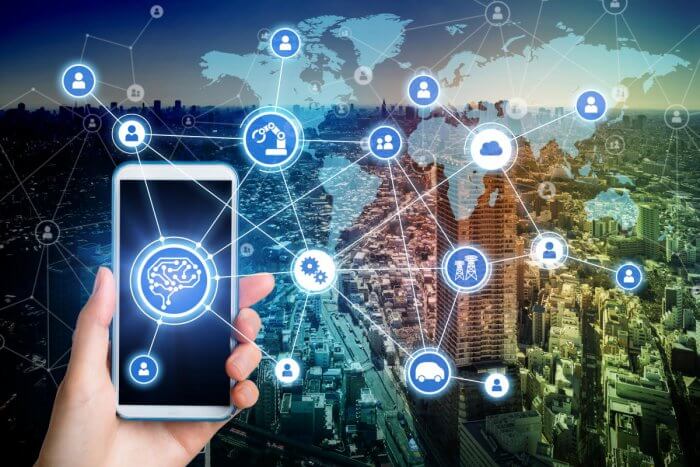Physical Address
304 North Cardinal St.
Dorchester Center, MA 02124
Physical Address
304 North Cardinal St.
Dorchester Center, MA 02124

Era of Data Science

Era of Data Science

Artificial intelligence (AI) and machine learning (ML) are technologies that are increasingly being used in smartphones to improve their performance and functionality.
One common use of AI in smartphones is for image and speech recognition. For example, a smartphone with AI capabilities can recognize and identify objects in photos, or transcribe spoken words into text.
AI can also be used in smartphones for natural language processing (NLP), which enables the device to understand and respond to voice commands. This can be used to perform tasks such as setting reminders or sending text messages.
Another use of AI in smartphones is for personal assistants, such as Apple’s Siri or Google’s Assistant. These assistants use NLP to understand and respond to voice commands, and can perform tasks such as setting reminders, sending messages, and answering questions.
ML can also be used in smartphones to improve performance. For example, a smartphone with ML capabilities can learn a user’s behavior and predict which apps they are likely to use, so that it can pre-load these apps in the background to make them open faster. ML can also be used to optimize battery life by learning a user’s usage patterns and shutting down apps or processes that are not being used.
Overall, the use of AI and ML in smartphones is expected to continue to grow in the coming years, as these technologies become more advanced and integrated into more devices.
There are many ways in which machine learning (ML) and artificial intelligence (AI) can be used in mobile applications. Some examples include:
These are just a few examples of how ML and AI can be applied to mobile devices. The potential applications of these technologies are vast and continue to grow as the field of AI advances.